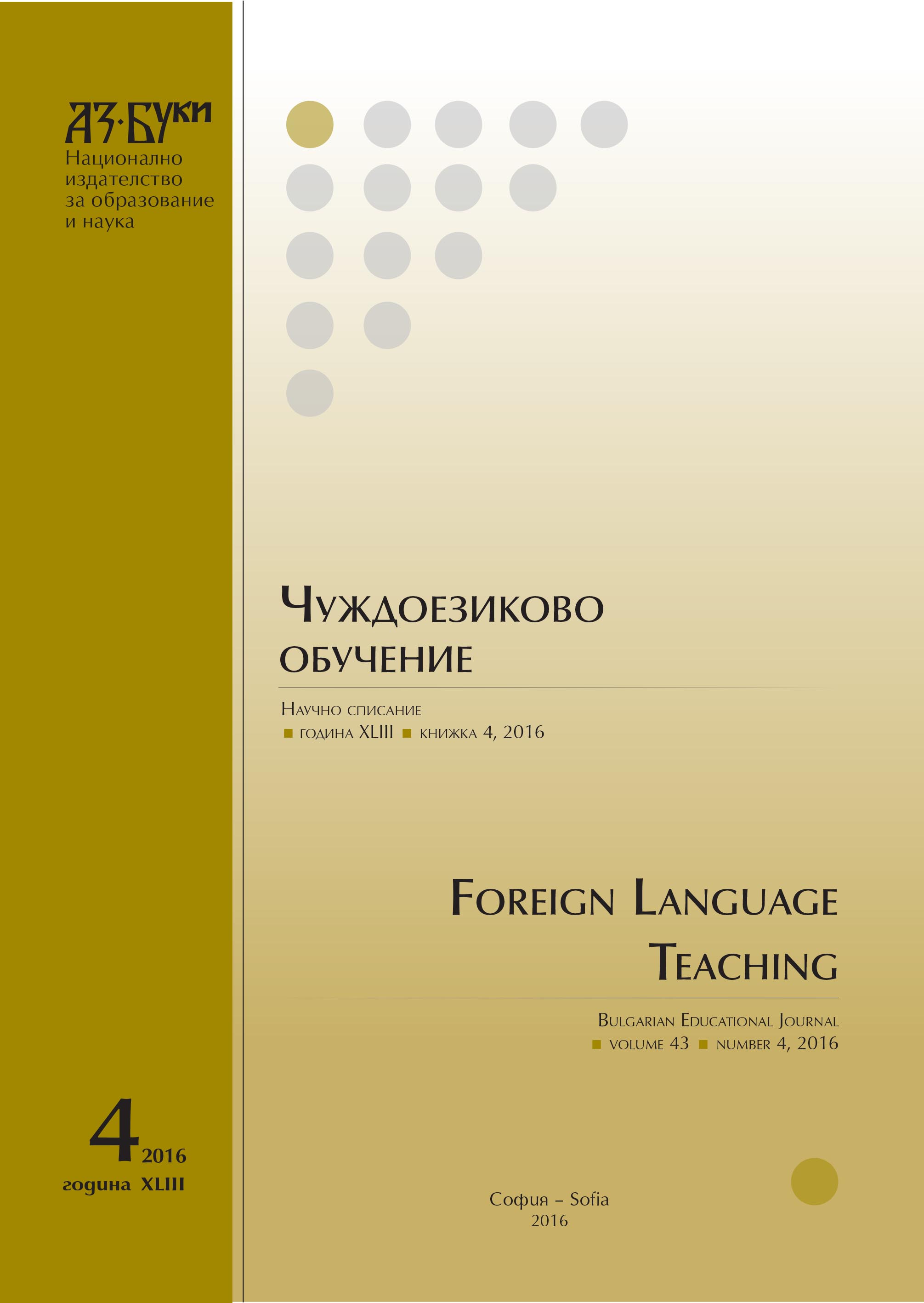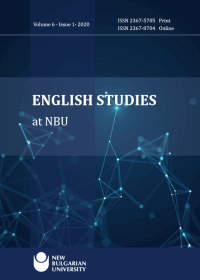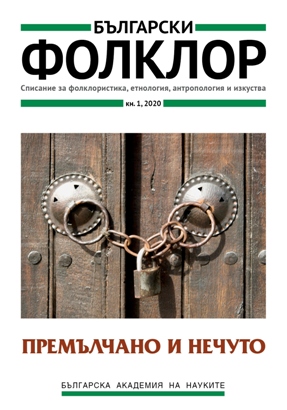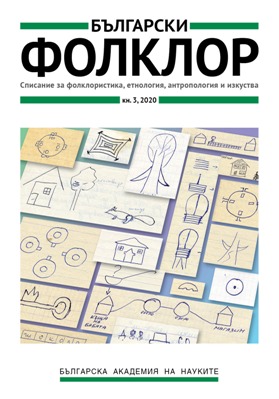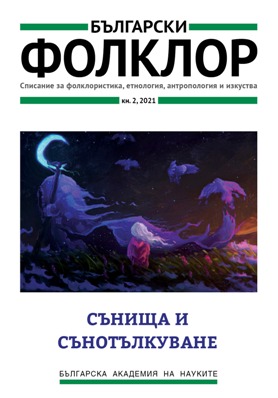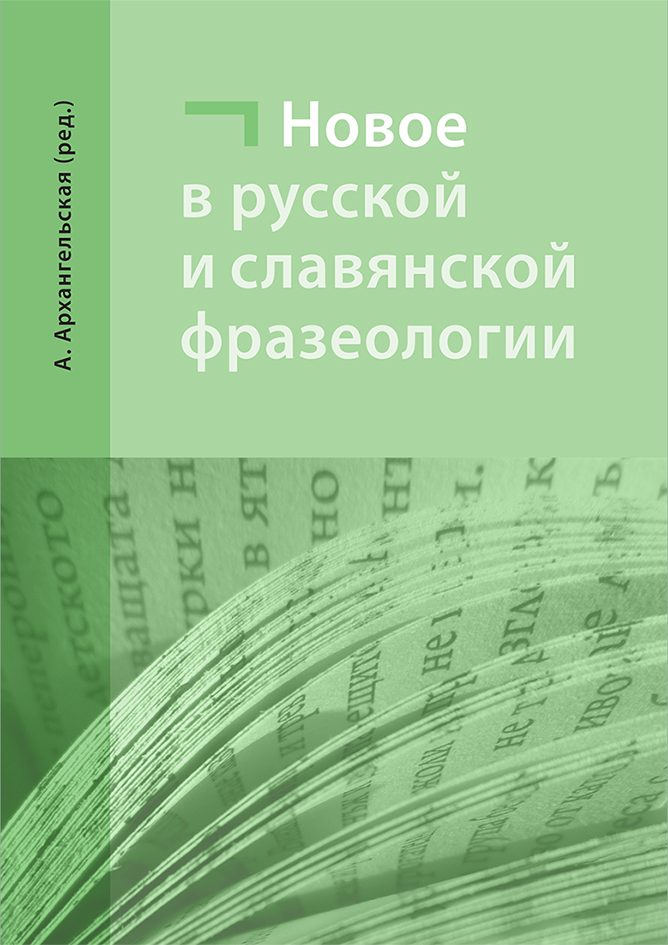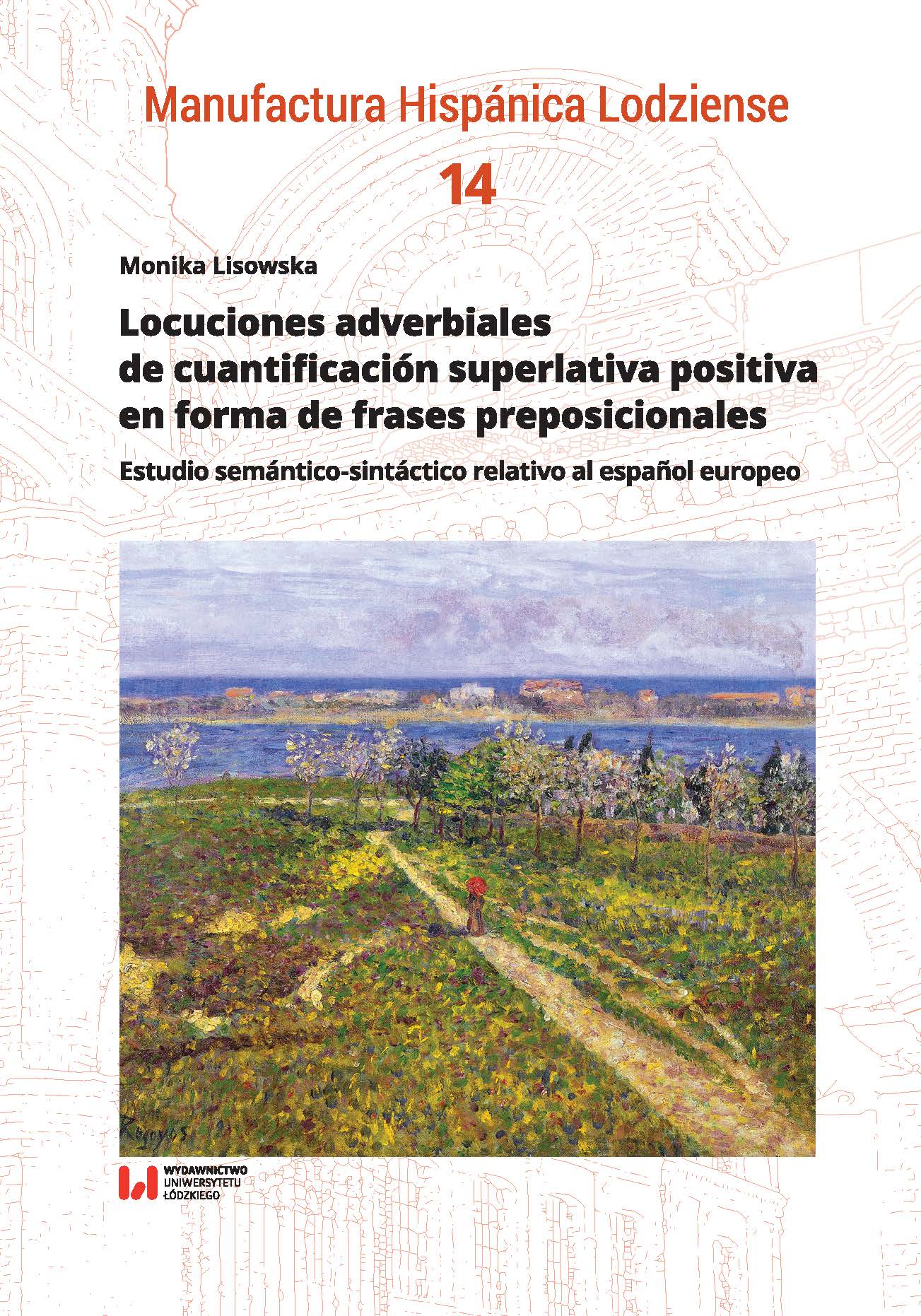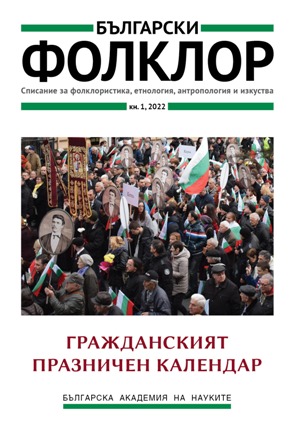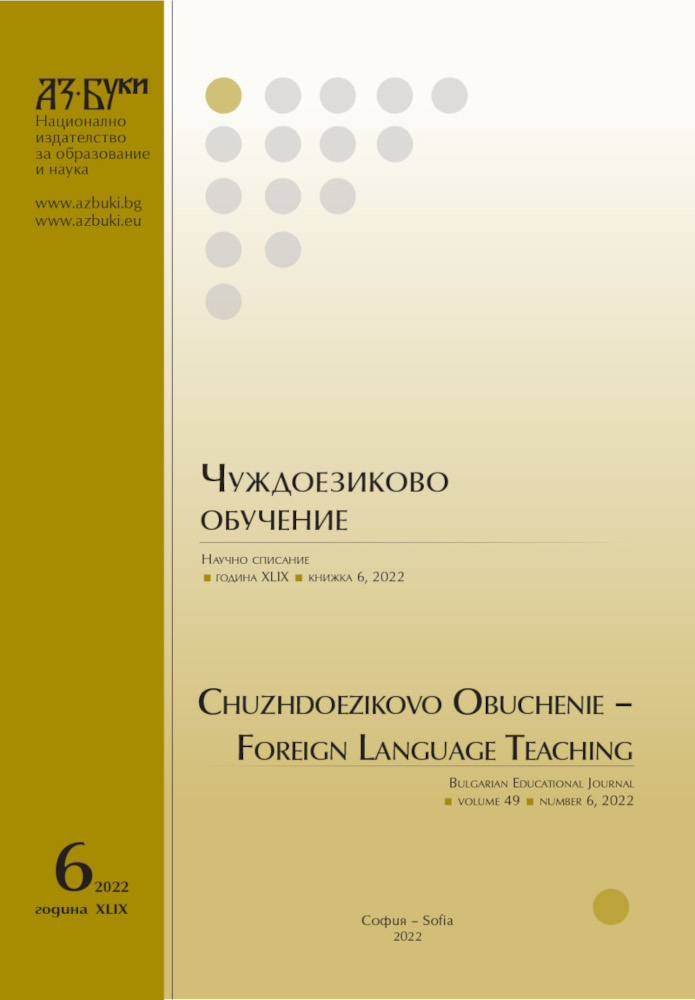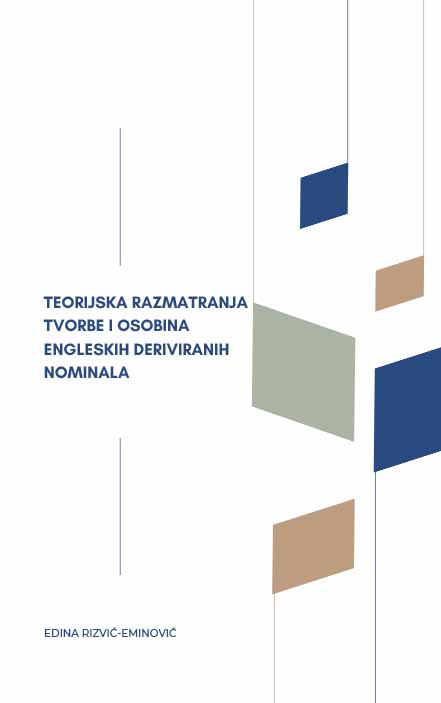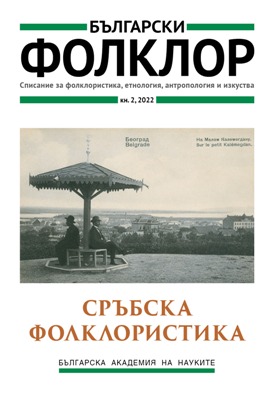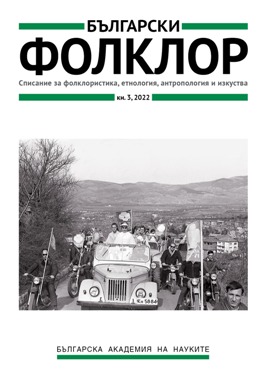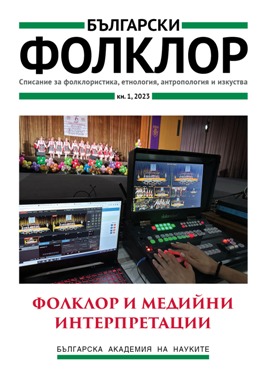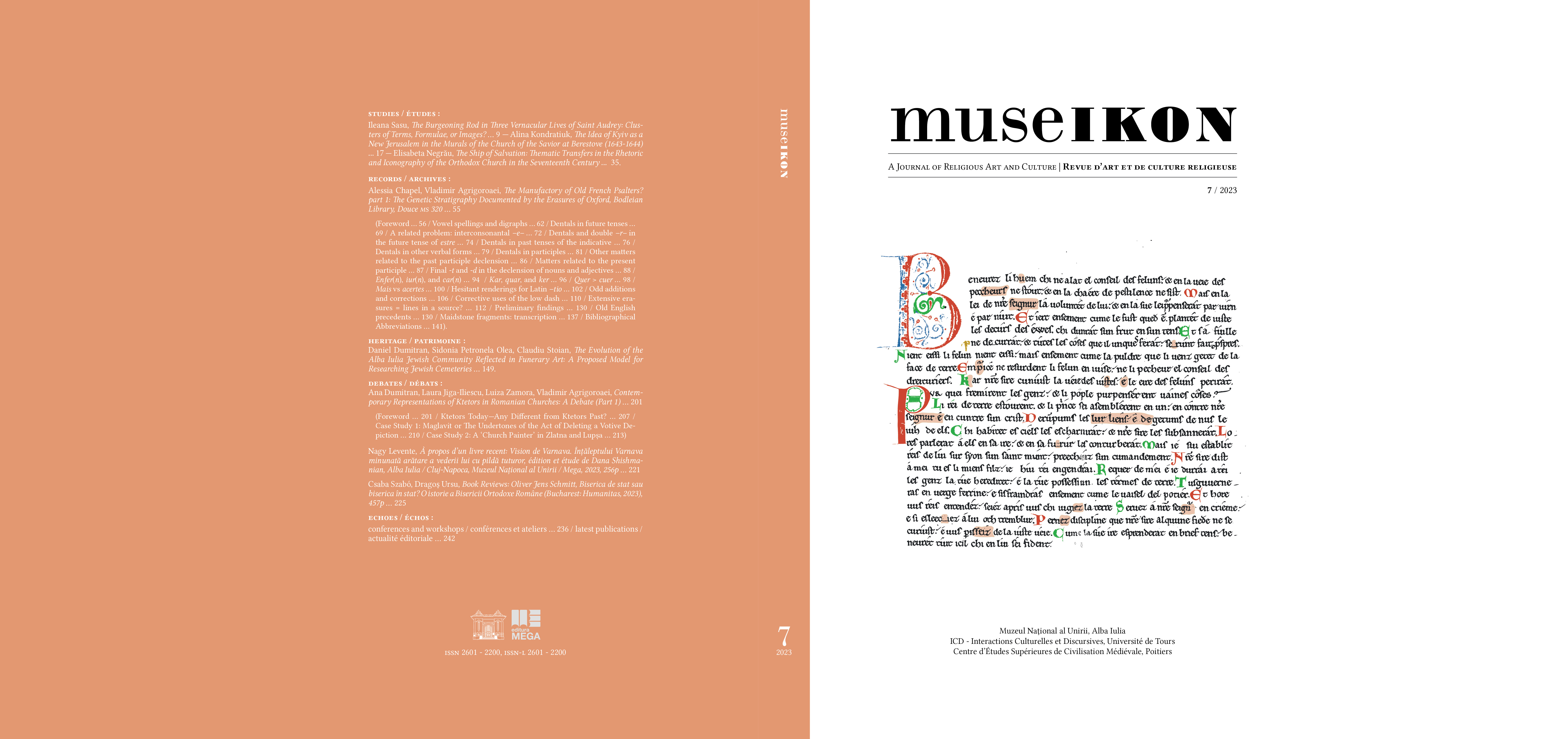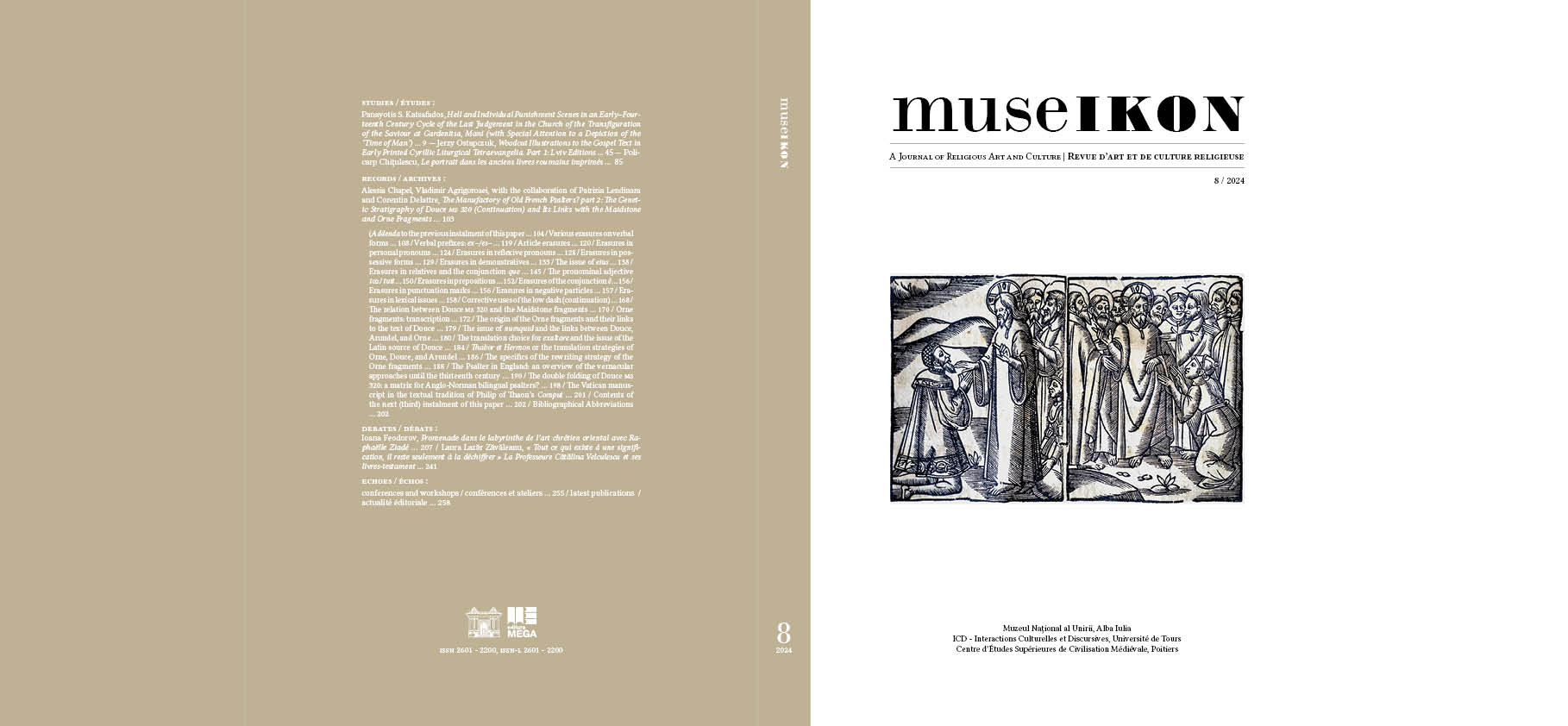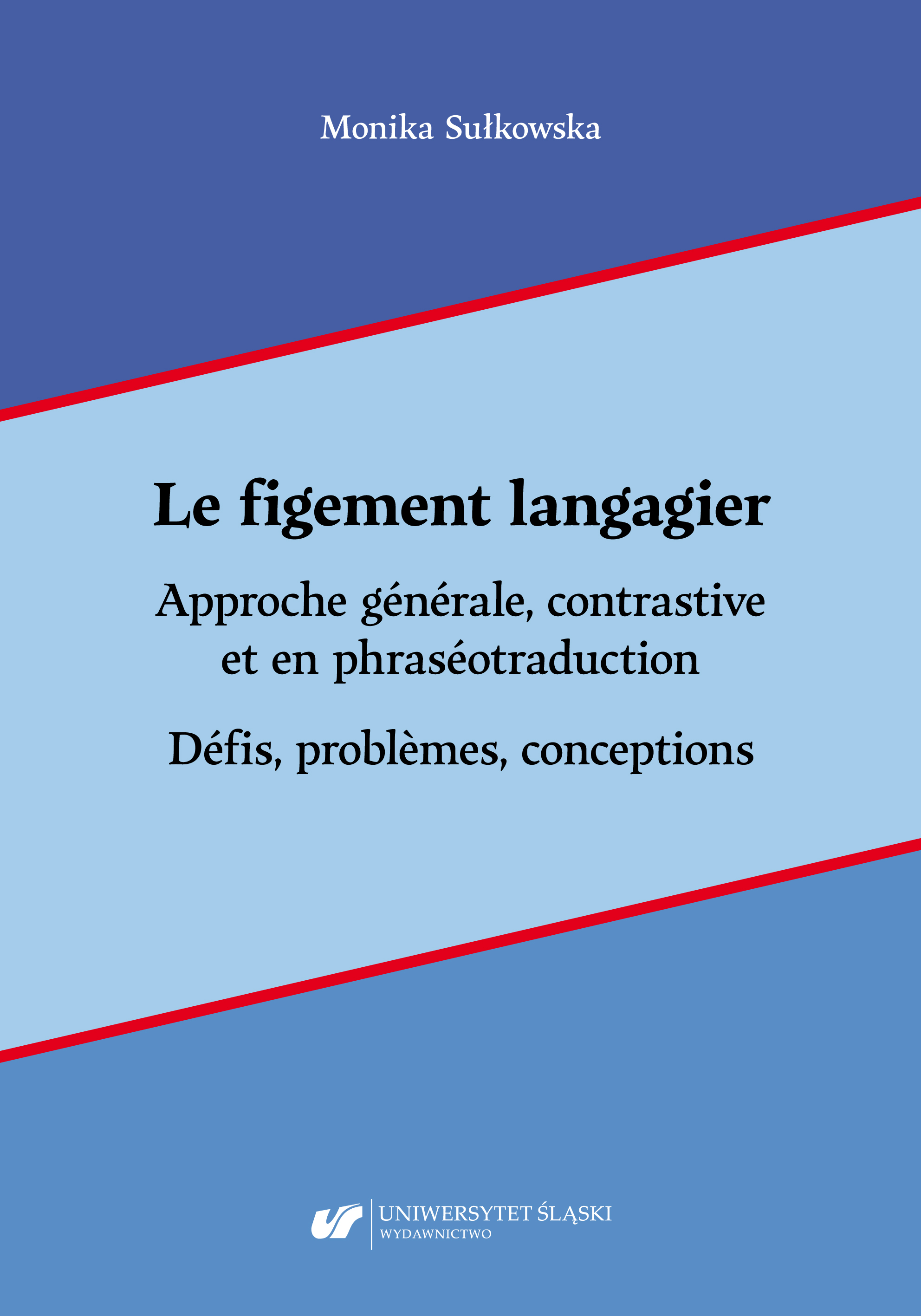Author(s): / Language(s): Slovak,Russian,Czech,Ukrainian
The multi-author book New Russian and Slavic Phraseology examines the diversity of the phraseological dynamics in modern Slavic languages. The authors analysed new processes, such as the emergence of new phraseological units, various changes in invariants of phrasemes and paroemias with reference to phraseological modelling, reactualization of the phraseological corpus elements in Slavic languages in new social climate. The authors studied new processes in modern phraseology in Russian, Ukrainian, Belarusian, Polish, Czech, Slovak, Slovenian, Bulgarian and Macedonian languages, and also used facts from other European languages to complement their analyses. The first chapter of the book entitled “New processes in modern Russian and Slavic phraseology” examines the connection of phraseological neologization with the most significant changes in the lives of native speakers and their society. It focuses on general trends in the development of the phraseological composition in Slavic languages and phraseosemantic aspects, and discusses problems of reproducibility and idiomaticity of ‘new’ variants of ‘old’ phraseological units. The chapter provides an overview of thematic and semantic fields in which the manifestation of new phraseology is particularly active. Other topics discussed include the interactions of ‘us’ and ‘them’, ‘old’ and ‘new’, domestic and foreign cultural (transcultural) elements in the form, semantics and pragmatics of modern phraseological neologisms, the problems of reflection of foreign cultural realia in phraseology, the perception and interpretation of phraseological units by the Slavic speech community with the comparison of the ‘traditional’ and ‘new’ stereotypes of the current generation of native speakers, as well as the correlation of synchrony and diachrony in the study of the relation between ‘old’ and ‘new’ in the modern Slavic phraseology and paremiology. The second chapter “New in Russian and Slavic phraseology in the mirror of lexicography” presents current and topical problems based on the experience of lexicographic description and recording of phraseological units in the aspect and explanatory dictionaries of Russian and other Slavic languages. The authors focus on the key issues of phraseological neography–what should be considered a new phraseological unit, and what chronological point should become the starting point for its description. Special attention is paid to the linguistic interpretation of the term ‘phraseological neologism’ with its chronological and functional aspects, the life potential of phraseological neologisms that emerged in beginning of the new millennium projected on the present-day use, the reasons and incentives for an initial activ496 | НОВОЕ В РУССКОЙ И СЛАВЯНСКОЙ ФРАЗЕОЛОГИИ ity of neologisms followed by the subsequent stabilization of some of the phrasemes, while the other ones are marginalized. The phraseological potential of new stable collocations with the social demand for their use, recording new phraseology in dictionaries of neologisms, and, in the case of their stabilization, in lexicographical and phraseographic sources are also discussed in the chapter. The third chapter entitled “New phraseological units in the modern media discourse” addresses the sphere of media landscape and media texts as the most powerful source of new phraseology. Based on the material excerpted from the media discourse, the authors consider the trends of phraseological parallelism in Slavic languages in the complexity of convergent and divergent processes, phraseologization of language units and incentives for their generation in the Internet space, network communication and cyberculture, and creative interpretation of a phraseological invariant by individual users and social groups. The fourth chapter “New phraseological units in language corpora, modern journalism and fiction” presents different approaches of the co-authors to studying the frequency of the use of certain types of phraseological novelties recorded in the corpora. The approaches also differ in the study of the semantic dynamics of phrasemes in journalistic discourse and in defining the complex idiomatic manifestations representing linguistic stereotypes. The chapter discusses approaches to the study of the variational and interpretive aspect of phraseology, which contributes to the reconstruction of the complex stable beliefs representing the assessment of the political and social phenomena, and to the study of the mechanism of indirectly derived nominations in various conceptospheres. Using literary texts and fiction as sources, the author considers the idiosyncrasy of the phraseology in the authors’ discourse and the problems of translating neological phraseological units of a slang nature into other languages. The authors of the fifth chapter entitled “Problems of the boundaries of modern Slavic phraseology” focused on the need to clarify the basic concepts of phraseology with respect to new conditions. They address the problems of semantics, pragmatics, functioning of phraseological units and lexical metaphorical formations that can be compared to phrasemes in their purpose and reproducibility. The chapter provides a definition, or rather a certain clarification of the phraseological status of stable comparisons, minimal phraseological constructions as ‘preposition + noun’, syntactic phraseological units, compound terms, slogans, appeals, etc. The sixth chapter “The origin of modern phraseological neologisms” is devoted to the issues of interlingual convergence of closely related / non-closely related Slavic and non-Slavic languages, and the interaction of their phraseology. In particular, it studies borrowings in the new Slavic phraseology, the phraseological potential of figurative expressions with a certain component, dialogical idioms. The authors focus on the perception of the semantics of phraseological units by the modern language consciousness, taking into account the social situation, spiritual constants and cultural reference points of modern society. SUMMARY | 497 The seventh chapter entitled “Transformation of phraseological units in the modern Slavic languages” presents a wide range of research in semantic, structuralsemantic and contextual novelties in phraseological units, phraseological modelling performed in vertical and horizontal analyses with respect to the transformational potential of various structural-semantic types of phraseological units. The authors focused on the interpretative potential and current new phenomena in biblical phraseological expressions as well as in phraseological units with mythological, anthroponymic and somatic components, and their perception by the modern cultural and linguistic community. A particular attention is paid to the study of transformations as a creative linguistic activity of native speakers, the manifestations of carnivalization of the ‘old’ units, and to examples of a language game. The problems of a comparative study of the transformational potential of phraseological units in closely related Slavic languages were also subjected to detailed analysis. The eighth chapter “Modern paremiology, proverbiology and aphoristics” studies the transformative potential of paroemias, proverbial expressions, aphorisms, slogans and the examples of their specific implementations. The authors consider the problems of precedence, the activity and transformative potential of the structuralsemantic model, the interaction of internal and external incentives of the precedent texts which lead to generating new axiologically informative idioms. The semantic and formal aspects of transformations of paroemias, proverbial expressions, aphorisms and slogans in the context of social relevance of this kind of neology are analysed in the chapter. Linguistic and cultural transfer is defined as a new approach to the study of modern changes in Slavic paroemias.
More...
